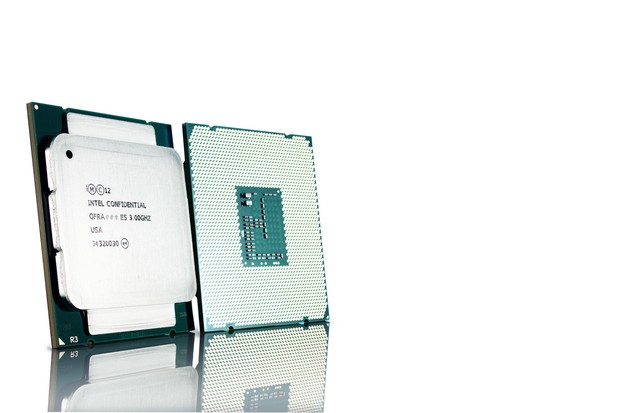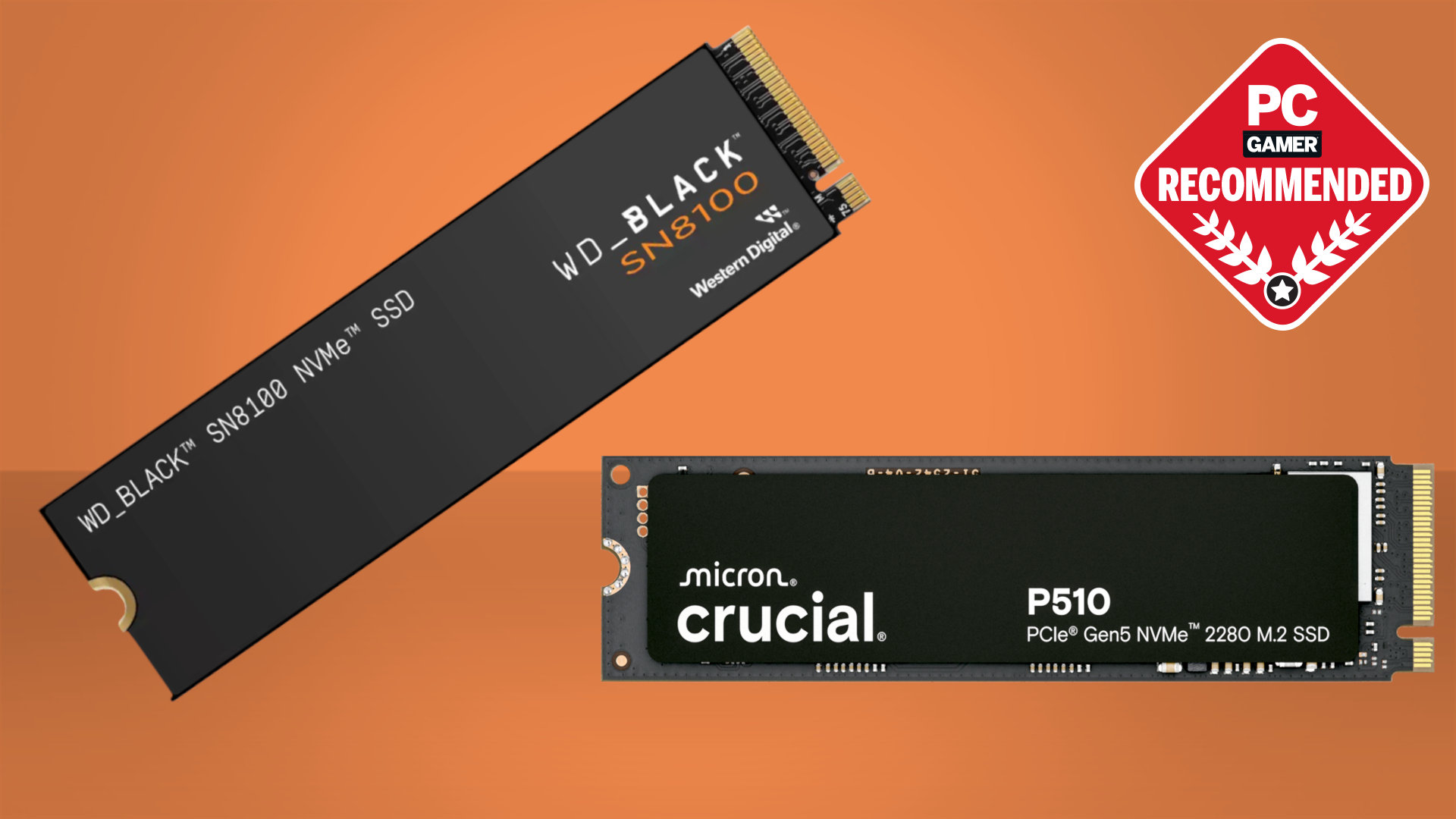Memory Myths: How Much RAM Is Enough?
DDR4 and Gaming
We saw a big jump in just one of our gaming benchmarks, Metro: Last Light, while testing with DDR3. However, updated DDR4 memory proved even less dramatic. Improving the amount and speed of memory saw our Metro: Last Light results jump by a mere couple of frames, and our biggest improvements in Bioshock Infinite and Batman also only saw increases of a frame or two, no matter the amount or speed of DDR4.
We’ll let Unigine Heaven have the last word. Our rig averaged 62.7fps with two 4GB 2,400MHz sticks installed, but this only improved to 64.2fps once we installed four 8GB 2,666MHz DIMMs.
There’s no doubt about the pure, naked speed of DDR4, but it looks like we’re at the point, for gaming especially, where any 8GB dual- or quad-channel configuration will be ample. Memory simply isn’t the bottleneck in gaming. Processors and graphics cards are the components that are more likely to be holding back your frame rates.
| Benchmarks | ||||||
|---|---|---|---|---|---|---|
| Row 0 - Cell 0 | DDR3 | DDR4 | ||||
| Row 1 - Cell 0 | 8GB (2x 4GB) 1,600MHz AMD AE34G1609U2 | 8GB (2x 4GB) 1,333MHz Corsair CMV8GX3 M2A1333C9 | 16GB (2x 8GB) 1,600MHz CML16GX3 M2A1600C9 | 16GB (2x 8GB) 1,866MHz Crucial Ballistix Sport XT | 8GB (2x 4GB) 2,400MHz Kingston HX424 C15FBK4/32 | 16GB (2x 8GB) 2,666MHz Ballistix BLE2C8 G4D26AFEA |
| Cinebench R15 (index) | 703 | 738 | 751 | 721 | 740 | 747 |
| PC Mark 8 (index) | 5,161 | 5,170 | 5,228 | 5,270 | 5,320 | 5,364 |
| PC Mark Vantage (index) | 18,313 | 19,718 | 20,944 | 20,427 | 26,541 | 28,088 |
| 3DMark Firestrike (index) | 11,624 | 11,607 | 11,608 | 11,635 | 11,820 | 11,920 |
| X264 v4.0 (fps) | 66.6 | 66.1 | 69.3 | 69.4 | 68.6 | 72.6 |
| SiSoftware Sandra Memory bandwidth (GB/s) | 21.1 | 16.6 | 20.6 | 23.3 | 28.6 | 31.8 |
| Gigapan Stitch (secs) | 248 | 254 | 242 | 241 | 245 | 244 |
| Bioshock Infinite (min/avg fps) | 11 / 109 | 11 / 115.9 | 11.6 / 115.3 | 13.2 / 117.6 | 33.2 / 122.6 | 44.5 / 124.7 |
| Batman: Arkham Origins (min/avg fps) | 100 / 135 | 99 / 137 | 103 / 137 | 106 / 139 | 104 / 136 | 104 / 133 |
| Unigine heaven min/avg (fps) | 26.5 / 64.1 | 25.2 / 63.4 | 26.8 / 63.6 | 26.2 / 63.6 | 28.6 / 62.7 | 27.8 / 62.7 |
Best scores are bolded.
What Memory Do You Really Need?
It’s tempting to buy the fastest and largest memory kit you can afford when putting together a new build, but, as many of our benchmarks illustrate, aiming for the top of the tech tree is actually an unnecessary extravagance when it comes to memory.
The story is the same whether you’re creating a PC using DDR3 or DDR4. A decent amount like 8GB or 16GB running at a reasonable speed will be enough to handle most tasks you throw its way, whether it’s for work or gaming. You’ll still see occasional benefits if you buy larger and faster kits, sure, but they’ll be less significant—so, it’s only worth looking toward these kits if you’re a true enthusiast who wants the best parts available, or if you’re running unusually demanding software and need to wring every last bit of performance from your PC.
Quad-channel kits, meanwhile, are great if you’re using applications that’ll truly take advantage of DDR4’s improved architecture, such as encoding or rendering, but most people won’t feel the benefit. It’s no surprise, then, that it’s only available with expensive X99-based CPUs (as well as the earlier X79-based platforms, which used quad-channel DDR3).
Keep up to date with the most important stories and the best deals, as picked by the PC Gamer team.
The majority of PC users, even enthusiasts, just don’t need to cough up for the priciest kits around, and that’s definitely no bad thing. Memory, processor, and chipset developments have leveled the playing field, which means it’s one less component to worry about when putting together a new PC.
The Aesthetics of Memory
Memory manufacturers try to sell expensive kits on the basis of their size or speed, but that’s not the only advantage that comes from spending big on a high-end set of DIMMs—many of them are also designed to look better than their cheaper, plain-looking alternatives.
Corsair’s Dominator Platinum range sits at the top of the firm’s product stack, and some of its key benefits are about the visuals. Corsair boasts of its industrial design and LED lighting—the top metal bar can be upgraded with different attachments, the LEDs can be changed, and the box has a good-looking fan kit that can sit on top of the sticks to provide extra cooling.
Expensive memory kits like this don’t just have aesthetic advantages—Corsair’s Dominator Platinum chips are hand-sorted, have improved monitoring hardware, and better heatsinks. But there’s no denying the visuals play a key part when it comes to high-end memory.
Other firms offer similarly high-end extras. Crucial’s Ballistix memory sticks have attractive aluminum heatsinks alongside practical extras like integrated thermal sensors, while Kingston’s HyperX Predator and Beast products have good-looking exteriors, but are chosen specifically to provide the best performance.
Kits like this bring practical and visual improvements to the table, then, but they’re not always necessary. If you’re building a midrange rig, or want to put together a machine without a window in its case panel, they’re simply overkill.
Pentiums, Celerons, and APUs: Buying Memory for a Budget PC
Our tests have examined the effect of different memory on high-end machines, but if you’re building a budget rig, then different considerations should come to the fore at checkout time.
For starters, don’t splash out on an expensive, fast memory kit if you’re going to be constructing a PC built around one of Intel’s Haswell-based Celeron or Pentium chips, as most of these only support DDR3 that runs at 1,333MHz. That’s slow enough to cause a performance hit in many tests, but on a low-end rig, it’s unlikely you’ll be running the sort of applications that’ll suffer with lesser speeds.

Don’t bother with high-end memory if you’re running an A10-7850K or Pentium K.
AMD’s APUs are more accepting to faster memory, but you’ll still need to pay attention to speeds. A couple of its cheapest parts only handle 1,333MHz or 1,600MHz DDR3, but most can support 1,866MHz sticks. It’s the same on the CPU side, with FX chips mostly supporting 1,866MHz parts.
There’s one other main consideration when putting together a budget machine: the motherboard. Budget boards don’t often support the extreme speeds offered by pricier components, and many—especially at smaller form factors—only have two slots, rather than four. That’s fine if you’re building a system you don’t intend to upgrade, but it can prove restrictive if you want to add more memory later.

